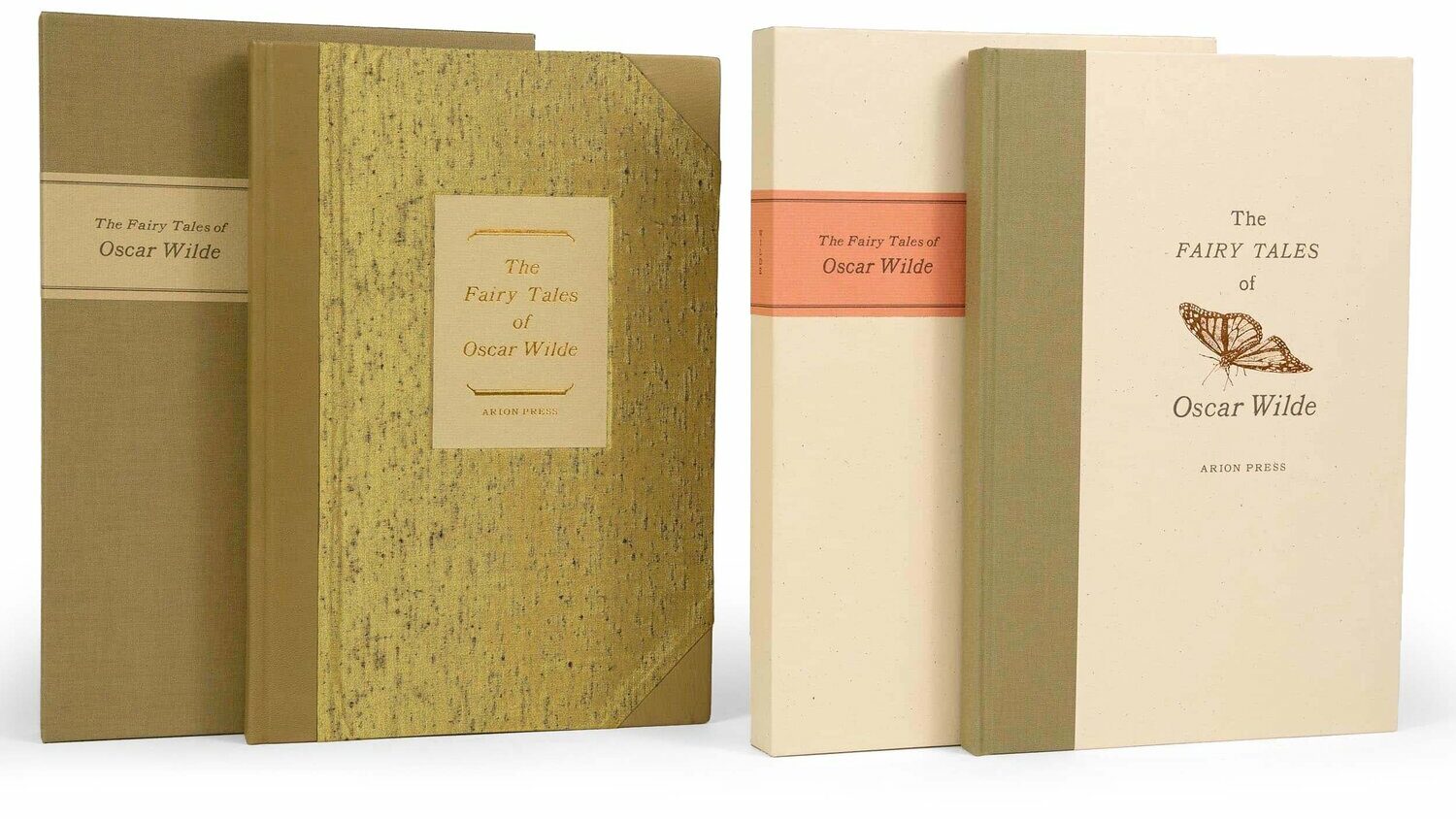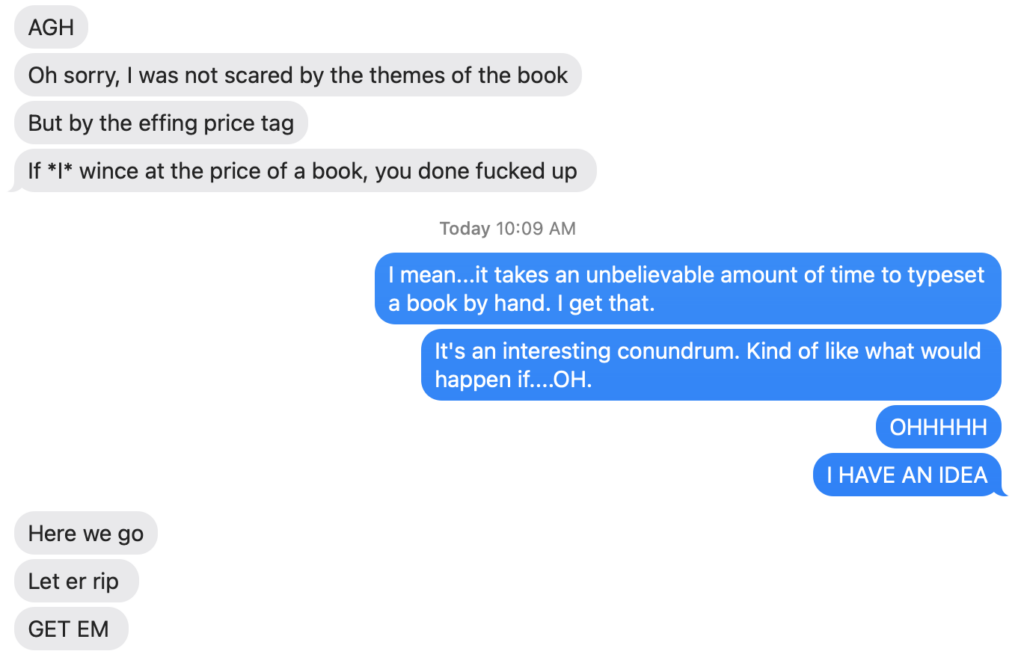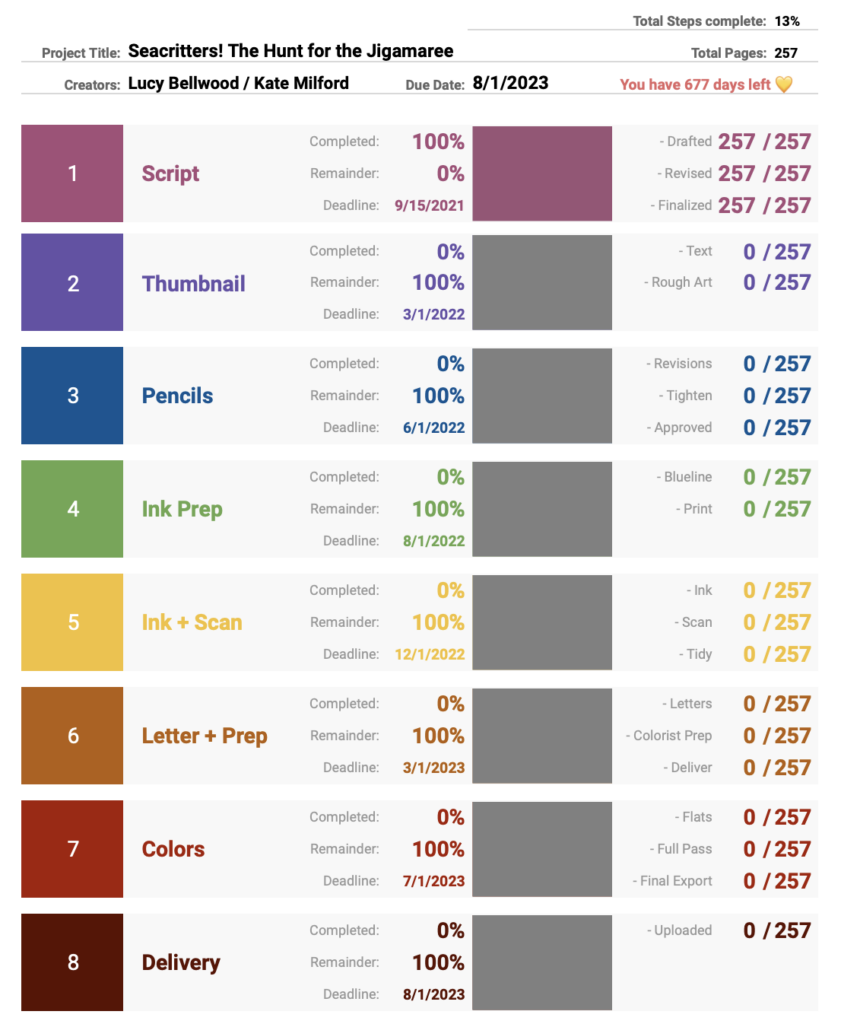Trying not to be precious about year-end stuff right now because I’m feeling stuck, but here’s a big list of things I read in 2021! Reading was hard this year for…well, you know. All the reasons. I needed a lot of comfort food to get through the upheaval of moving home, and for huge swaths of time I felt as if I’d lost access to the part of my brain that thrilled to Alberto Manguel or Le Guin in the first part of the year. I’m still sort of there.
Read a lot of comics (thanks, Danielle’s studio library and also The Actual Library) because I started drawing a graphic novel and it turns out reading more comics helps your brain think in comics??? Who knew. I still feel like I’m scratching my way towards figuring out what really makes a comic work for me. It takes a lot to get me excited about them, which feels somewhat icky as a person who knows first-hand how much fucking time they take. But there it is!
Started trying to track rough start/end dates towards the second half of the year because I got curious. I’ll probably stick with that into 2022.
Bubble and The Liar’s Dictionary both made me laugh out loud. The Creative Habit and Always Coming Home reminded me how I got to be the way I am. I’m sure there are other books I felt feelings about but I’m just going to HIT PUBLISH.
See previously: 2020’s Big List
| Legend | Rough Guide to Ratings |
|---|---|
| 🎭 – Plays 📝 – Poetry 📖 – Books (Fiction) 📓 – Books (Nonfiction) 💬 – Graphic Novels | ❤︎ = Yes ❤︎❤︎ = Oh Yes ❤︎❤︎❤︎ = Oh Hell Yes |
- 📝 An Ocean of Static – J.R. Carpenter
- 📓 The Book of Delights – Ross Gay ❤︎
- 💬 Oksi – Mari Ahokoivu
- 📖 The Djinn Falls in Love and Other Stories – Ed. Mahvesh Murad & Jared Shurin
- 📖 Solaris — Stanisław Lem
- 📖 The Liar’s Dictionary – Elly Williams ❤︎❤︎
- 📖 There but for the – Ali Smith ❤︎❤︎
- 📓/📝 Bluets – Maggie Nelson ❤︎
- 📖/🎭/📝/📓 Always Coming Home – Ursula K. Le Guin ❤︎❤︎❤︎
- 📖 Never Mind – Edward St. Aubyn
- 📖 Bad News – Edward St. Aubyn
- 📖 Some Hope – Edward St. Aubyn
- 📓 A Reader on Reading – Alberto Manguel ❤︎❤︎❤︎
- 📖 Mother’s Milk – Edward St. Aubyn
- 📖 At Last – Edward St. Aubyn
- 🔄 📖 Guards! Guards! – Terry Pratchett ❤︎
- 📓 The Mother of All Questions – Rebecca Solnit
- 🔄 💬 Delilah Dirk and the Pillars of Hercules – Tony Cliff ❤︎
- 📖 The Fellowship of the Ring – J.R.R. Tolkien
- 📖 The Mezzanine – Nicholson Baker ❤︎
- 📓 Big Magic – Elizabeth Gilbert ❤︎
- 📖 The Two Towers – J.R.R. Tolkien
- 📖 The Return of the King – J.R.R. Tolkien (Finished April 20th)
- 📖 Wonder Tales of Seas and Ships – Frances Carpenter (April 22nd – April 27)
- 🔄📖 The Raw Shark Texts – Steven Hall (July 20th – July 27th) ❤︎❤︎
- 💬 Slaughterhouse-Five – Kurt Vonnegut, Ryan North, Albert Monteys (August 4th) ❤︎
- 💬 Lucky Penny – Ananth Hirsh and Yuko Ota (August 4th)
- 💬 Kodi – Jared Cullum (August 6th)
- 💬 The Loneliness of the Long-Distance Cartoonist – Adrian Tomine (August 8th)
- 💬 Girl Town – Casey Nowak (August 9th)
- 💬 My Life in Transition – Julia Kaye (August 9th)
- 💬 Bubble – Jordan Morris, Sarah Morgan, Tony Cliff, Natalie Riess (August 12th) ❤︎❤︎
- 📖 The Accidental – Ali Smith (August 23rd)
- 💬 Don’t Go Without Me – Rosemary Valero-O’Connell (August 24th) ❤︎❤︎❤︎
- 🔄 📖 The Brief and Frightening Reign of Phil – George Saunders
- 📖 Water for Elephants – Sara Gruen (Finished Sept. 8th)
- 📖 All Systems Red – Martha Wells (Sept. 10th)
- 📖 Artificial Condition – Martha Wells (Sept. 10th)
- 📖 Rogue Protocol – Martha Wells (Sept. 10th-11th)
- 📖 Exit Strategy – Martha Wells (Sept. 11th)
- 📖 The Absolute Book – Elizabeth Knox (Sept. 30th? – Oct 17th)
- 📓 The Library at Night – Alberto Manguel (April 22nd – October 19th)
- 📖 Sphinx – Anne Garréta (Oct 28-30)
- 💬 Draw Stronger – Kriota Willberg (Oct 30)
- 📓 Goodbye Again – Jonny Sun
- 📖 The 7 1/2 Deaths of Evelyn Hardcastle – Stuart Turton (Nov. 18th-20th) ❤︎
- 📖 Milk Blood Heat – Dantiel W. Moniz (Nov. 20th-22nd) ❤︎
- 📖 The Devil and the Dark Water – Stuart Turton (Nov. 27th-Dec 2nd)
- 💬 Piece by Piece: the Story of Nisrin’s Hijab – Priya Huq (Dec. 6th)
- 💬 The Legend of Auntie Po – Shing Yin Khor (Dec. 7th) ❤︎❤︎
- 💬 Treasure in the Lake – Jason Pamment (Dec. 9th)
- 📖 The Glass Hotel – Emily St. John Mandel (Dec. 15th-17th) ❤︎
- 📓 The Collected Schizophrenias – Esmé Weijun Wang (Dec. 18th)
- 💬 Tell No Tales – Sam Maggs and Kendra Wells (Dec. 15th-21st)
- 📓 The Creative Habit – Twyla Tharp (Dec. 22nd) ❤︎❤︎❤︎
- 📓 Intimations – Zadie Smith (Dec. 28th) ❤︎
- 📓 I Shock Myself – Beatrice Wood (Dec. 25th – Dec. 31st) ❤︎



